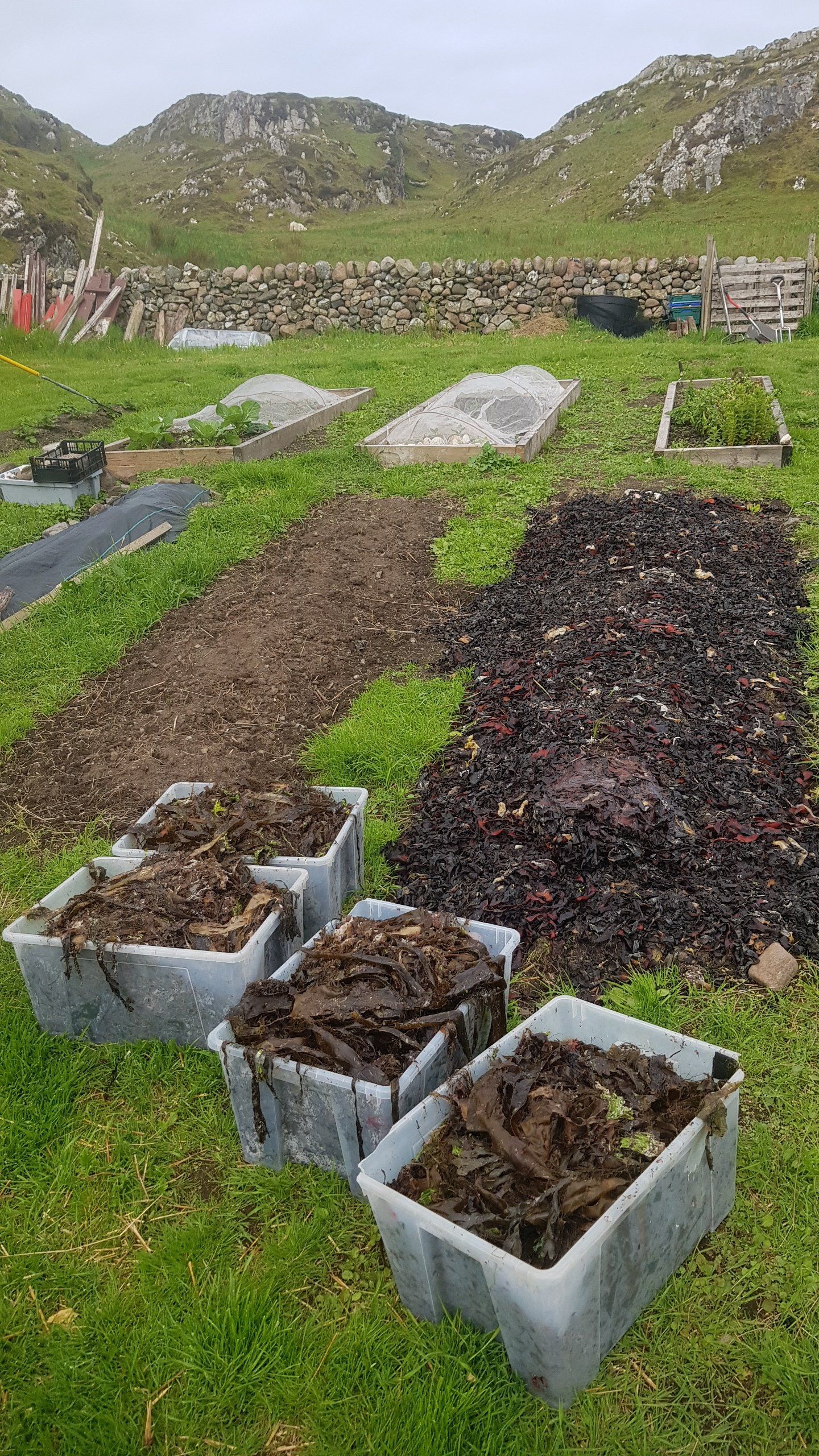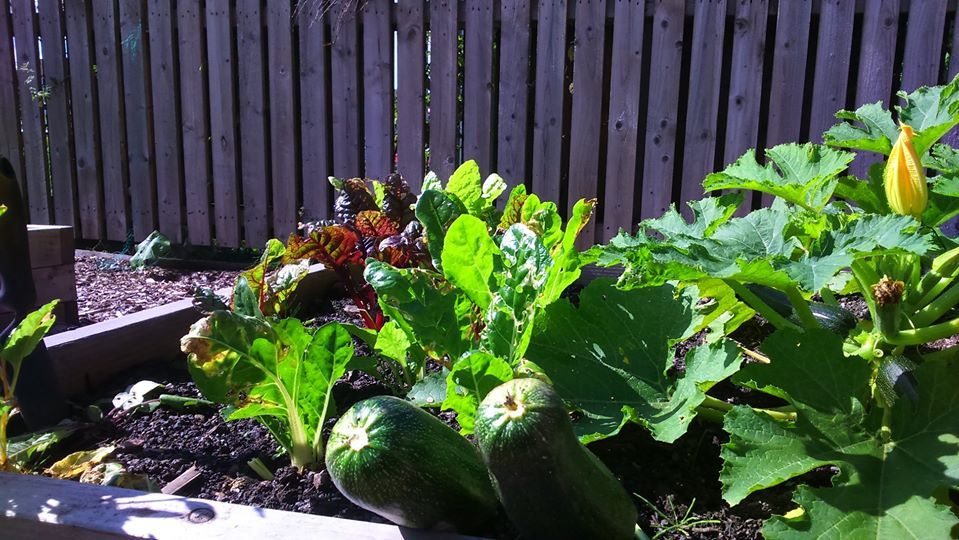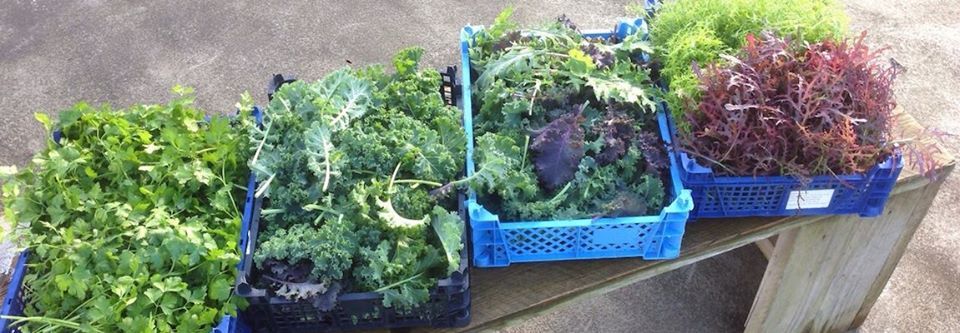RESILIENT GROWERS PACK
Why start growing? Why now?
This resource was developed during the COVID Pandemic Lockdown but is still relevant today!
During these turbulent and unstable times, we need resilient local food systems and dedicated food growers now more than ever before. Historically in times of crisis, people have rallied to grow food, as seen in the allotment revolution during WWI and the ‘Dig for Victory’ campaign during WWII. And now in 2020, we have #
FeedTheNation campaign.
Whatever scale you’re wanting to grow at, whether windowsill, allotment or farm, below are valuable ideas from our experienced food growing team at Propagate, plus some useful online resources to support you on our journey to fight food insecurity and build community resilience.
First, before you begin to grow food, we urge you to take care of yourself and those around you. Put in place facilities for good hygiene, hand washing and social distancing. And plan for the possibility of sickness, with a back-up plan for watering/harvesting.
Where to start growing?
In these exceptional times, we must be less concerned about finding the ‘ideal’ patch of land for growing; a surprising amount can be grown on a small patch. We want to inspire you to grow on your window ledges, back courts, gardens or shared greenspaces; many of our team operate in urban areas where space is premium, it works and we share how we do it on our YouTube channel with regular videos.
At a larger scale, 1 acre could feed between 25 and 70 veg boxes, depending on the quality of soil, climate, experience of the growers, availability of resources. However, it’s always wise to start small and build up slowly, as your knowledge of techniques, resources and your confidence develop.
Land that wouldn’t be suitable would include any with heavy metal soil contamination, neighbours spraying herbicides, excessive Bindweed or very shady.
What resources do you need to grow food?
Growers tend to be great at ‘bodging’, making creative use of whatever resources are available! Now, more than ever, we’ll need to be adaptable and imaginative and we encourage you to get in a creative mindset for growing. Use food cartons destined for recycling to pot on seedlings, make your own frost protection cloches from any boxes and plastic you find, swap and share tools with friends and neighbours if you can do so safely.
Some local hardware stores and seed companies are open and delivering and there may be materials around your house, garden or even your local neighbourhood that will be useful for growing, keep an open mind.
What you will need...
Where to start?
Start by observing and understanding your growing space.
Where do does my growing space get the most sunshine?
How far is the water?
What kind of soil do we have?
Creating a rough site design, detailing boundaries, water, access and orientation. From this you can determine how much space you have for growing, size and location of beds and where any infrastructure can be placed.
Raised beds aren’t essential - if you have grass and good soil permanent veggie beds are often best. It can be useful to standardize bed sizes to ensure meshes/low tunnels are transferable. Widths of between 75cm and 1.2m work well. You need to be able to reach across them for easy weeding!
If you don’t have grass and soil, containers of all shapes and sizes can also be used for growing. Raised planters, or pallet beds can be easy to knock up. Small boxes, big tins - the only limit is your imagination. Remember that smaller vessels require more watering.

To dig? Or not to dig?
What to grow?
To make the best use of space (and avoid mice attacking your pea seeds), sow seed in pots/seed trays, indoors or under cover. Transplant once the weather warms up and the plants have developed two true leaves. Direct sowing in the ground is perfect for carrots. Propagate has lots of resources to help you get sowing and growing here .
In small spaces it’s good to focus on ‘cut and come again’ type crops - leafy greens like salads and chard, spring onions, a cone of bean plants and courgettes.
There are all sorts of methods for planting out. You can group your crops in various ways: per plant families; time in the ground; type of protection required e.g. supports or netting,
Intercropping or relay planting.
Various considerations could include:
- Days to maturity (how long will the crop be in the ground)
- Hours of sunlight
- Yield per metre (is your focus on higher value crops or having a wider range of crops?)
- longer harvest period
- popularity
- ease of growing the crop
- pests and diseases which are common in your area.
Quick crops (under 60 days to maturity), grow in in high rotation plots, mostly salad greens and radishes.
Companion plants, plants for pollinators, crop rotation and permaculture... thinking about growing food to last a lifetime.
Resources
Propagate has a library of useful resources to help you, including downloadable how to sheets, videos, online workshops and more. We can help with setting up a new group, finding land and dealing with the Local Authority, understanding your growing space, permaculture design, growing skills and much more.
Other Advice and Support
If you’re in an around Glasgow, check out the Glasgow Community Food Network or, join the sister group on facebook Glasgow Local Food Network ,
Social Farms and Gardens
The Network for community farms, gardens and care farms. Members get access to advice and support. scotland@farmgarden.org.uk .
Books and Online
Nothing beats a good gardening book! There’s loads of good ones, and loads of great online resources too.
Joy Larkcom ‘Grow Your Own Vegetables’ – a fantastic introductory book.
Caroline Beaton and Kenneth Cox - Fruit and Vegetables for Scotland: What to Grow and How to Grow It - the definitive guide for Scottish gardeners.
Charles Dowding – No-dig Market Gardener.
Curtis Stone – Urban farmer growing small-scale on leased/borrowed land
Dig for Victory – youtube channel in response to CoVid
Garden Organic – online resources and growing guides
Land access
Land Workers’ Alliance – union working on food sovereignty issues, creating resilient, diverse local food systems and influencing policy
Community Land Advisory Service Scotland – Advice for community groups looking to access land in Scotland.
Community Land Scotland – The network for community land-owners. Information on how to purchase land through a community buy-out.
Open Food Network - a sustainable Food Network, linking commercial producers with consumers
Seed Suppliers
grow vegetable, herb and flower seeds in Scotland using agroecological farming practices.
is a family firm in Wales, passionate about getting people growing and saving seeds. Sells Heritage and heirloom varieties
Organic, biodynamic, open pollinated seeds. is the UK's only community owned seed company.
a great source of not just seeds but also equipment, advice and resources. Seeds, plants, bulbs, mushrooms, compost, equipment
Source of timber including whisky barrels and furniture made from recycled timber.
Polytunnel and parts supplier
Delivers composted bark, topsoil and peat free compost.
Supplier of green waste compost and topsoil
Supplies free native trees to community groups
Supplier of Scottish grown fruit trees
Grow Wild - Native wildflower seed mixes.






































































































